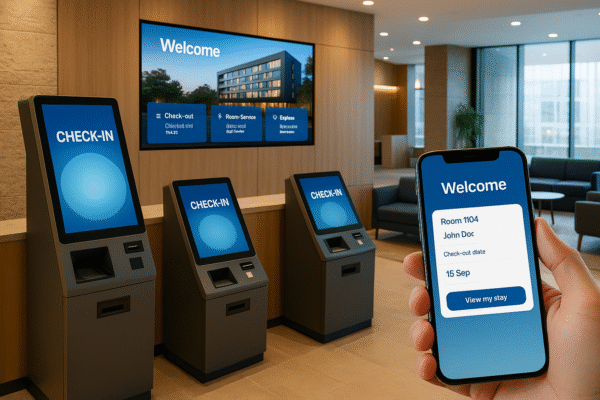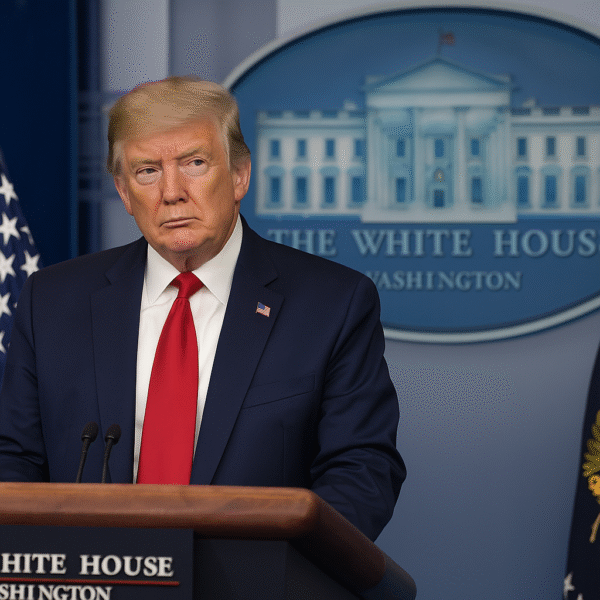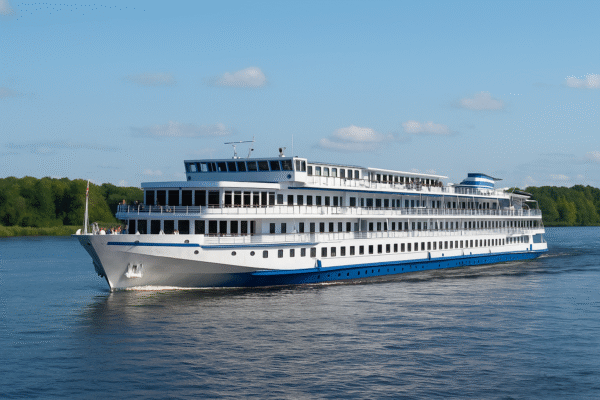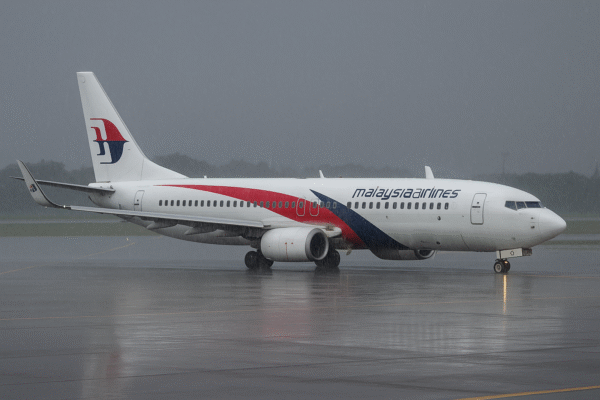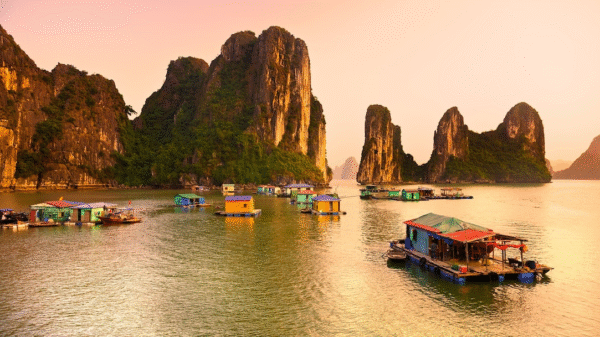A Tourism Industry on the Rise
Vietnam’s tourism industry is entering a historic phase, with projections showing it will surpass record revenues by the end of 2025. Fueled by impressive gains in international arrivals, a booming domestic market, and government-driven initiatives, the sector is cementing its place as one of the country’s leading economic engines.
In the first eight months of 2025 alone, nearly 14 million international visitors arrived in Vietnam—a 22% increase compared to the same period in 2024. These figures point to a thriving travel market that is not just expanding in numbers but also evolving to attract higher-spending travelers.
International Tourism Reaches New Heights
August 2025 was particularly noteworthy, welcoming 1.68 million international visitors, an 8% rise from July and the highest August total in recent years. This growth is remarkable given that August has traditionally been a quieter month for inbound tourism.
Several key markets have shown extraordinary expansion:
- China surged by 44.3%
- India rose by 42.2%
- Japan increased by 17.1%
- Cambodia jumped by 50.7%
The most eye-catching growth came from Russia, where arrivals spiked by an incredible 164.9% year-over-year. This surge underscores Vietnam’s global appeal, thanks to its cultural richness, affordability, and reputation as one of Asia’s most exciting destinations.
Domestic Travel Powers Ahead
Domestic tourism is also breaking records. During the September 2 holiday, more than 5.5 million domestic tourists traveled nationwide, marking an 83% rise compared to 2024. By the end of August, domestic trips had already exceeded 106 million, showing how local tourism remains a critical pillar of the industry.
This momentum has translated into substantial financial gains. In the first eight months of 2025, tourism revenues reached 707,000 billion VND, already closing in on the 840,000 billion VND earned during the entire year of 2024. With projections of 25 million international visitors and 130 million domestic tourists by year’s end, Vietnam is on track to smash previous revenue milestones.
From Quantity to Quality
While raw visitor numbers are impressive, Vietnam’s tourism strategy is shifting toward quality over quantity. Historically, many visitors traveled on budget packages, which limited economic benefits. Today, the focus is on attracting higher-spending tourists with premium experiences.
Spending comparisons show room for growth. In 2024, the average international visitor spent about USD 1,200 per trip in Vietnam. This trails behind Thailand (USD 1,800), Malaysia (USD 1,500), and Singapore (USD 2,000–2,500). The government and private operators recognize this gap as an opportunity to boost earnings by enhancing Vietnam’s appeal to wealthier travelers.
Expanding High-End Tourism
To close this gap, Vietnam is investing in luxury resorts, shopping districts, entertainment hubs, and cultural tourism. Cities like Hanoi, Da Nang, Ho Chi Minh City, and Phu Quoc are already leading the charge, offering premium accommodations and experiences.
Cultural tourism, in particular, is an area of untapped potential. By developing exclusive cultural performances, heritage tours, and immersive experiences, Vietnam can compete more strongly with regional rivals while promoting its rich traditions. Wellness, sports, and eco-tourism products are also being integrated into offerings, encouraging visitors to stay longer and spend more.
Millennials, Gen Z, and New Travel Trends
Another driver of growth is the changing traveler demographic. Millennials and Gen Z, who prioritize experiences over material possessions, are embracing cruises, adventure travel, and themed vacations like wellness or music tours. Their appetite for unique, customizable experiences is reshaping Vietnam’s tourism offerings.
Multigenerational families and corporate groups are also leaning toward travel as a shared activity. Cruises, luxury train journeys, and resort packages are increasingly popular for both leisure and MICE tourism (Meetings, Incentives, Conferences, and Exhibitions).
Tourism as an Economic Driver
Tourism is now recognized as a strategic growth sector for Vietnam. Beyond hotels and airlines, the industry fuels infrastructure development, real estate, and retail. The ripple effect creates thousands of jobs while stimulating local economies across provinces.
Government reforms are also boosting the sector. A recent 45-day visa exemption for citizens of 12 European countries has made Vietnam more accessible, particularly for travelers from long-haul markets who stay longer and spend more. This policy has already started to drive increased arrivals from Europe, positioning Vietnam as a top destination in Southeast Asia.
The Role of On-Site Exports
One overlooked aspect of tourism is the concept of “on-site exports.” When international travelers purchase Vietnamese products—whether food, textiles, handicrafts, or modern goods—they contribute to the country’s export economy without shipping goods abroad.
At present, Vietnam’s offerings are dominated by low-cost souvenirs and handicrafts. By developing high-quality branded products, Vietnam can elevate its global image and encourage higher spending, turning tourism into a stronger channel for export growth.
Challenges and the Road Ahead
Despite impressive momentum, challenges remain. Secondary ports and smaller airports still require upgrades to meet international standards. Waste management and environmental sustainability also demand attention as visitor numbers climb. Geopolitical risks and global uncertainties, such as regional conflicts or economic slowdowns, pose additional threats.
Nevertheless, with the Cruise Bharat Mission-style strategy for ports, modernized infrastructure, and private-sector investments in high-end products, Vietnam is well-placed to continue its ascent.
Looking Toward 2025
Vietnam’s tourism industry is on a trajectory to redefine historic benchmarks by late 2025. With strong inbound growth from Asia, Europe, and Russia, coupled with booming domestic travel, the sector is evolving from mass tourism to premium-value experiences.
As the government advances infrastructure upgrades, modern visa policies, and investment incentives, Vietnam is positioning itself as a leading tourism powerhouse in Southeast Asia. The year 2025 is shaping up to be not only record-breaking but also transformational, as Vietnam’s tourism sector matures into a driver of long-term economic prosperity.
For more travel news like this, keep reading Global Travel Wire



